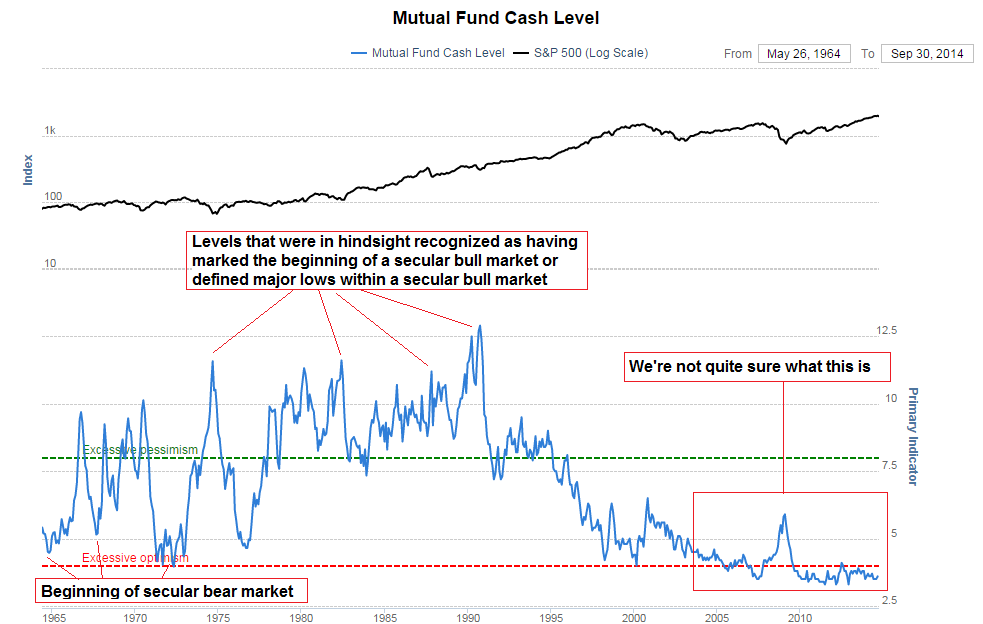Watch Out For These 6 Slick Mutual Fund Marketing Tricks
Post on: 31 Январь, 2017 No Comment

Want to know where some of the best minds in sales and marketing earn a great living? Mutual fund companies. Mutual fund companies are not in the investment business in my opinion, they are in the selling and marketing business. Sure their sales are driven by good investment performance, but it is also driven by how well they sell the dream. According to a study by Henrik Cronqvist of The Ohio State University, Fisher College of Business, Department of Finance, U.S. mutual funds spend about $6 billion a year on advertising. While personally looking at a number of recent mutual fund and investment product ads, I highlighted a number of things I think investors should be aware of before dropping that hard earned money.
Marketing Trick #1: Using the Celebrity to Sell the Fund
Using a well known celebrity is a common way to market products. Mutual fund companies use them too. In this ad for American Century Investments, they are using Lance Armstrong to sell their investment products. Just because Lance is working for them, does not mean they worthy of your investment dollars.
When you look at this ad it is incredible the sheer volume of numbers they are throwing at you. Perhaps they think they will just confuse potential clients into thinking that they must know what they are doing. Many mutual fund companies like to slog their investment returns, which can be very hard to understand. Just take a look at the bottom of the ad half the page is filled with disclaimers and notes.
We are all busy people and products that appear to be able to make our lives easier can be very appealing. This is a common mutual fund marketing tactic let us simplify your lives by giving us your money to let us manage it for you. Broadly diversify and adjust your asset allocation all in one easy step. This is a good concept, just be sure to investigate the performance and track record of the fund or funds.
These ads are especially good in markets like we have seen at the beginning of 2008. I like the concept of protecting your wealth by investing in vehicles that balance risk and reward. However, these type of ads love to highlight the number of years they have been in business (50 years in this example) as a way to convince us that they must be better at managing our money than we could ever be. Their experience will help us lower risk. Remember, 70% of portfolio returns stem from asset allocation, not investment selection.
This is another common method show a quote from a well known financial magazine. In this case, the ad quotes Kiplingers. Of course, this quote is often only one blurb out an article that looks more in depth at the funds in question. It is easy to do, but in my opinion does not mean much. I would much rather see hard performance data than just some obscure quote from another source that I know nothing about.
Marketing Trick #6: Sellin The Dream
This is my favorite one appeal to your senses by showing you a powerful image that identifies with everyones dream for a happy and fulfilling life. In this example, it shows the proud Mom and Dad watching their son or daughter drive away in a white limo on their wedding day. Apparently Marsico Funds can give that to you. In my mind these are the worst types of adds because they attempt to play with your emotions to elicit an emotional reaction. As usual, dont get sucked into this type of sales pitch do your research.
As an investor, it is your job to not be blindly influenced by these ads and ensure that you fully understand everything you place your money into. Remember, it is the jobs of mutual fund and investment companies to seperate you from your money. That is where the conflict enters. When viewing mutual fund ads, keep these research results in mind as they really get to the heart of mutual fund advertising:
1. Analysis shows that only a small proportion of fund advertising can be construed as directly informative about characteristics relevant for rational investors, such as funds’ expense ratios.
2. Funds that advertise more do not produce higher post-advertising excess returns, so advertising does not appear to signal higher fund manager ability.
3. Fund advertising affects investors’ portfolio choices, even when advertising provided little information.
4. Fund advertising has significant economic effects for investors: it steers people into portfolios with lower expected returns (because of higher fees) and higher risk (through a higher exposure to equities, more active management, more “hot” sectors, and more home bias).
Please use the comments to let me and my readers know of any other marketing traps that I may have missed.














